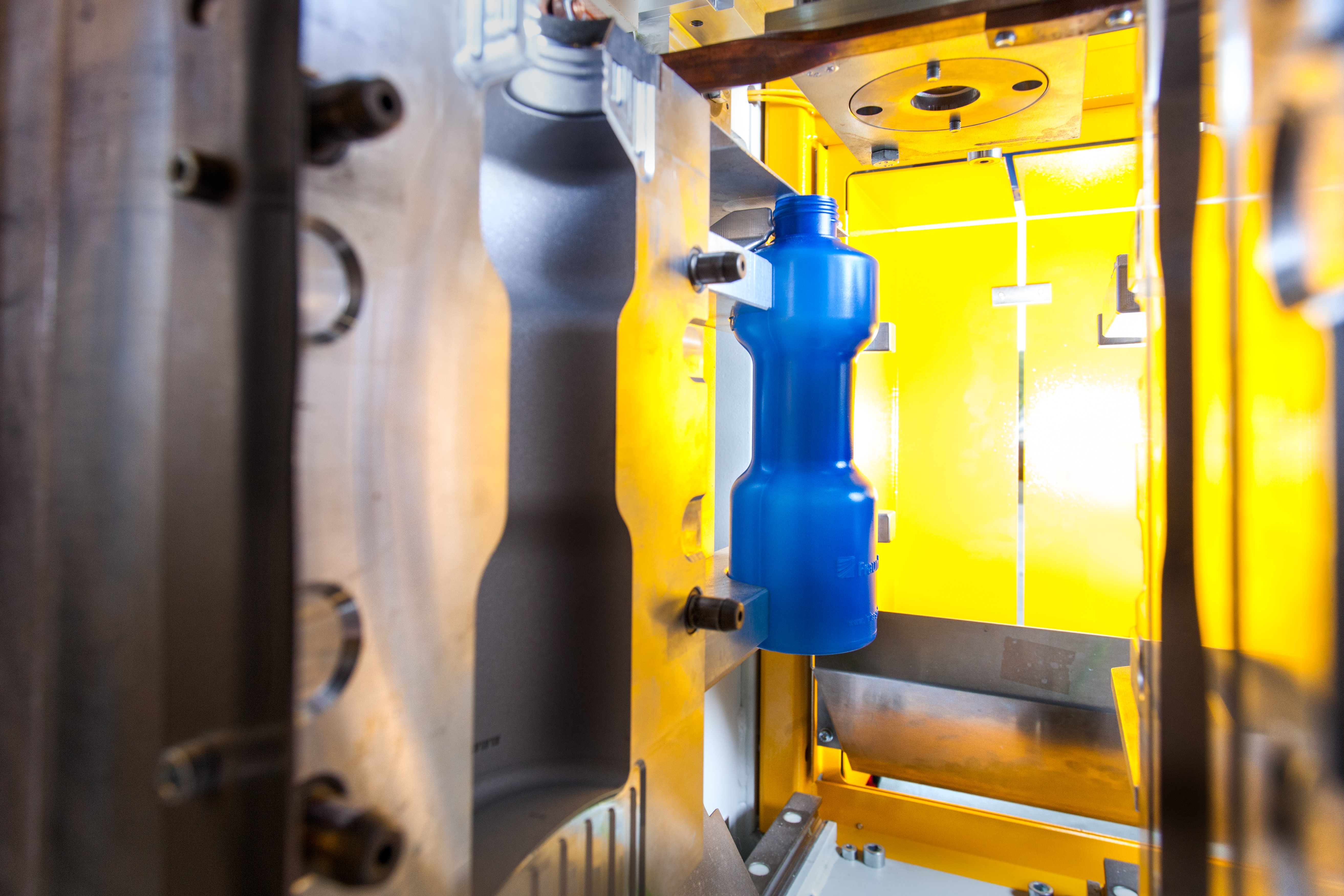New Fraunhofer project group receives 2.5 million euros to breathe life into polymers
Plastics with biological properties
By combining plastics with bio-components such as peptides, enzymes or sugar molecules, researchers at the Fraunhofer Institute for Applied Polymer Research IAP and BTU Cottbus-Senftenberg are developing polymer materials with new properties for a wide variety of applications. As part of a joint project group, their goal is to make the technical and industrial production of these materials possible. The Ministry of Science, Research and Culture of the State of Brandenburg has allocated 2.5 million euros to fund the project for a duration of five years.

For decades, added properties have been successfully given to materials. Dirt and water-repellent car paints and metals with shape memory are perhaps the most famous results of this type of materials research. They are also a reflection of the increased demand for materials that combine different properties. While the lotus effect was copied and imitated from nature, biofunctionality is now built directly into the materials. This is the goal of the Fraunhofer IAP’s project group "Biofunctionalization/Biologization of Polymer Materials BioPol" located at BTU's Senftenberg campus. The group began its work in July 2018.
Fraunhofer IAP and BTU Cottbus-Senftenberg pool their competencies
The Processing Pilot Plant for Biopolymers, led by Thomas Büsse, has been run by the Fraunhofer IAP on the BASF site in Schwarzheide in close proximity to the Senftenberg campus since 2013. In addition to its ideal location, its expertise in integrating biological and physicochemical material functions, which the Fraunhofer IAP has gathered within the framework of the Fraunhofer High-Performance Center, will be expanded by the competencies of Prof. Dr. Klaus-Peter Stahmann in enzyme production, Prof. Dr. Katrin Scheibner in the field of peroxygenases and Prof. Dr. Katrin Salchert in the biofunctionalization of surfaces. Prof. Dr. Johannes Ganster, who heads the Biopolymers research division at Fraunhofer IAP and holds the jointly appointed professorship for biopolymers and plastics processing at BTU, acts as a link between the two institutions and is also acting head of the project group.
Biomolecules on the surface and within
Biological plastics can be used in a wide range of applications. "For example, incorporating sugar molecules into materials can prevent bacteria from adhering to the surface. Simply wiping the material down with water makes it germ-free again," says Prof. Johannes Ganster, who will soon hand over the management of the project group to a new junior professor at BTU. But the researchers are striving for more than just biologized surfaces. Penetrating the entire polymer material would prevent the loss of the specific effect through surface wear. "In addition to antimicrobial proteins, we also want to combine polymer materials with biomolecules that increase adhesion or are water- or oil-repellent. Enzymatically active surfaces or enzymes that enable or improve the biodegradability of materials also result in products that are highly attractive tor industry," explains Dr. Ruben R. Rosencrantz, who works closely with Prof. Ganster on the project.
The Fraunhofer research group is thereby meeting the needs of industry, which strengthens the science location in the long term and benefits the regional economy as a whole. The steady acquisition of third-party funding and the development of market-ready technologies create new, highly qualified jobs, as well as prospects that go beyond lignite mining.
Last modified: